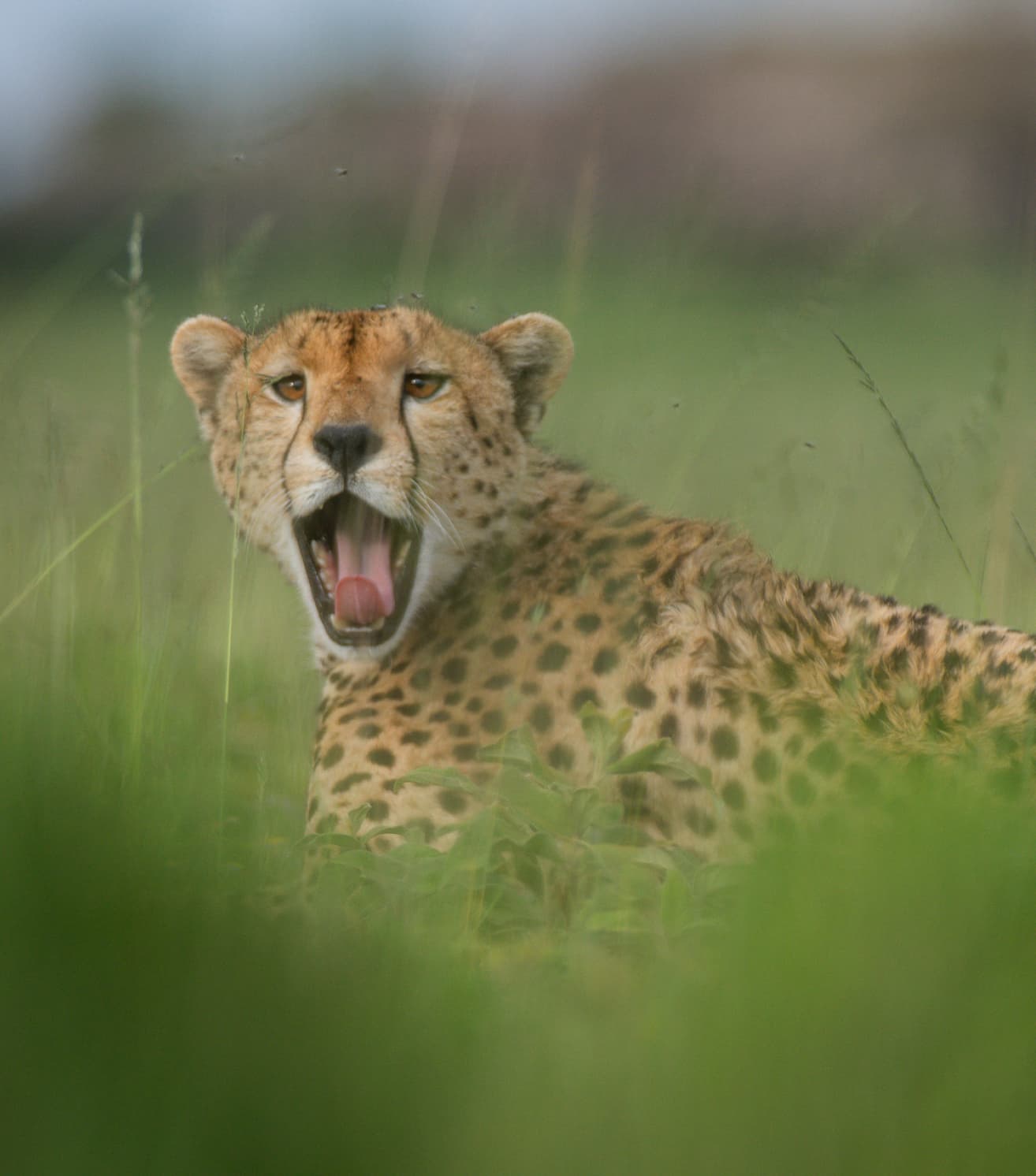

Termites – the Monitors and Masters of Soil Health
The Mound-Building Termite is a fascinating insect that plays a vital role in the ecosystem of northern Tanzania. These termites are unique in their ability to cultivate a type of fungus, which they use as their primary food source.
Each Towering Mound is a Home to Millions

Termite mounds are seen everywhere in northern Tanzania. Reaching upwards of 4 metres and covering an area of up to 50 square metres, these enormous structures protrude from the ground like skyscrapers, replete with ridges, pinnacles, and chimneys.
A colony may contain over a million Termites, including nymphs, workers, and soldiers which collect organic matter from a radius of 50 metres or more around the nest.
These Termites feed on wood and other plant material. However, unlike other termites, they cultivate a specialised fungus as their primary food source. This fungus is grown in special chambers within the termite colony, and the termites actively tend to it by adding fresh plant material and removing waste.
Built for Purpose and to Capture the Sun
While these towering earthen citadels are impressive, it is below the ground’s surface where the colony lives in an intricate and extensive network of chambers and foraging passageways that enable them to reach feeding grounds and bring their spoils back to the nest.

Remarkably, these complex structures use the sun to control airflow and regulate the temperature within the inner chambers of their mounds. They are perfectly tilted towards the sun’s average zenith to keep all sides of the mound heated equally, and they even have inbuilt drainage systems.

Providing an Invaluable All-round Eco-service
Termites are crucial in nutrient cycling and soil health and are considered ecosystem engineers. Important decomposers, they contribute to soil health and structure by breaking down dead plant material, recycling nutrients in the soil, and increasing nutrient availability. They also excrete nutrient-rich faecal pellets, which provide a valuable source of fertiliser which promotes plant growth.

Termites also form an essential food source for many predators in the ecosystem, including birds, mammals, and reptiles, especially Aardvarks and Aardwolves; and their giant mounds are shelter for many other organisms, from snakes and rodents to Mongooses. Larger mammals often use the mounds as a vantage point to scan the horizon for predators and prey.

Critical Monitors of Habitat Health
Like many other wildlife species, Termites face habitat loss, climate change, and pesticide threats. However, they are also important indicators of ecosystem health and can serve as a valuable tool for monitoring the health of natural habitats.
Enquire now
Facebook
Instagram




Harvester Termites – the Monitors and Masters of Soil Health

Entara Guides thrive at ‘Bush School’






